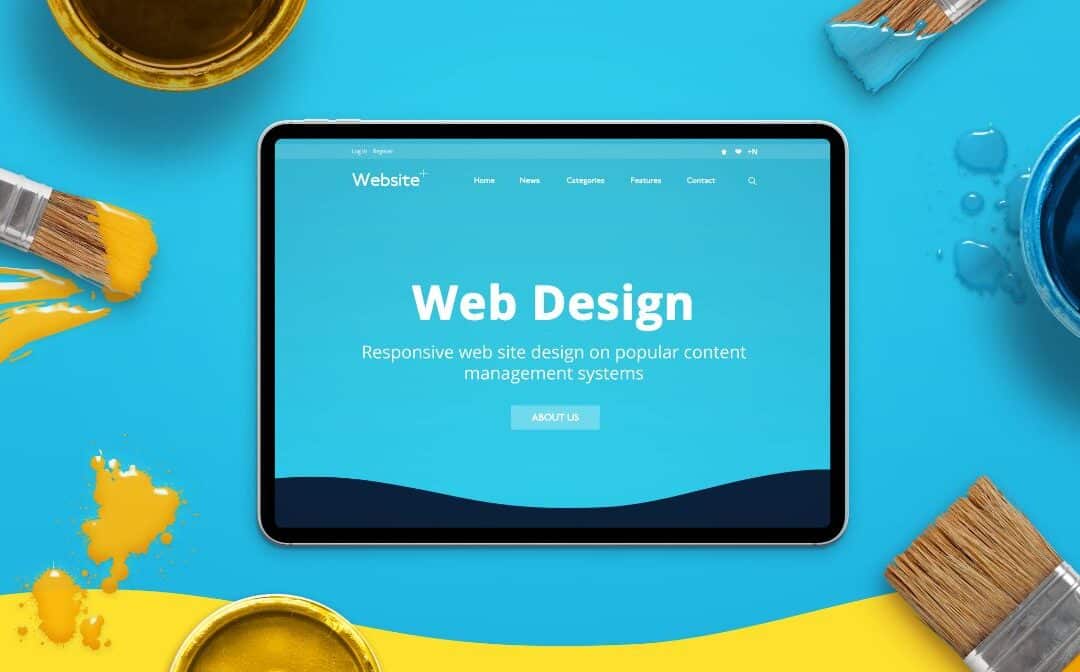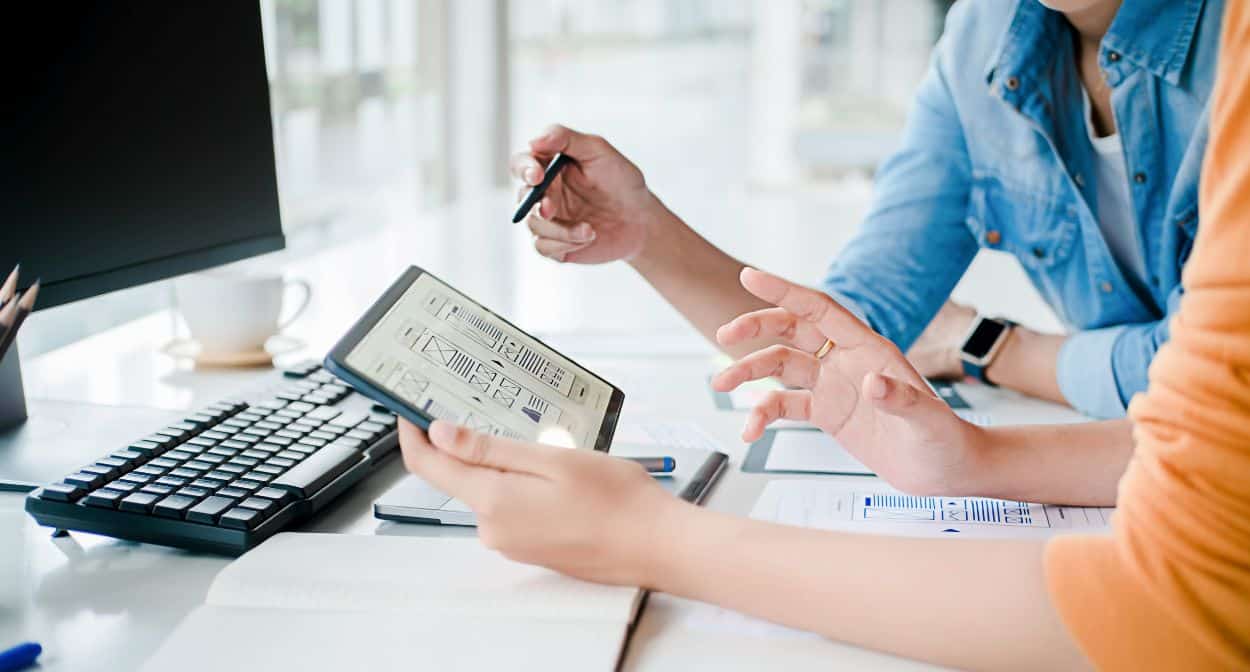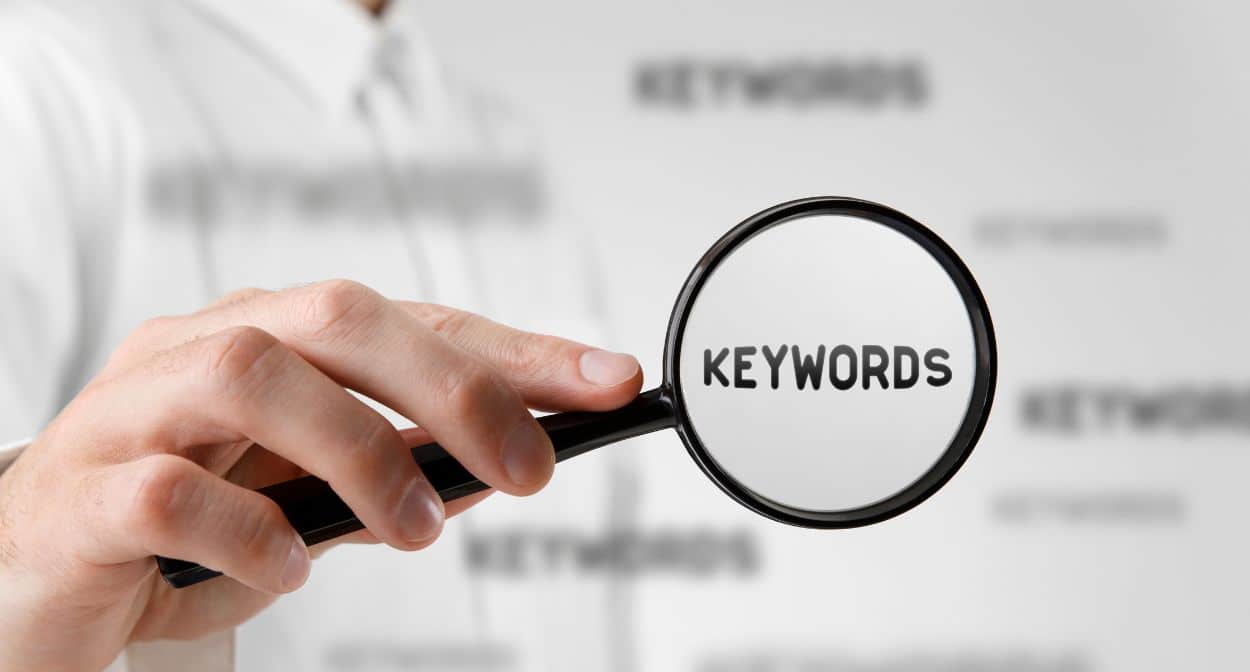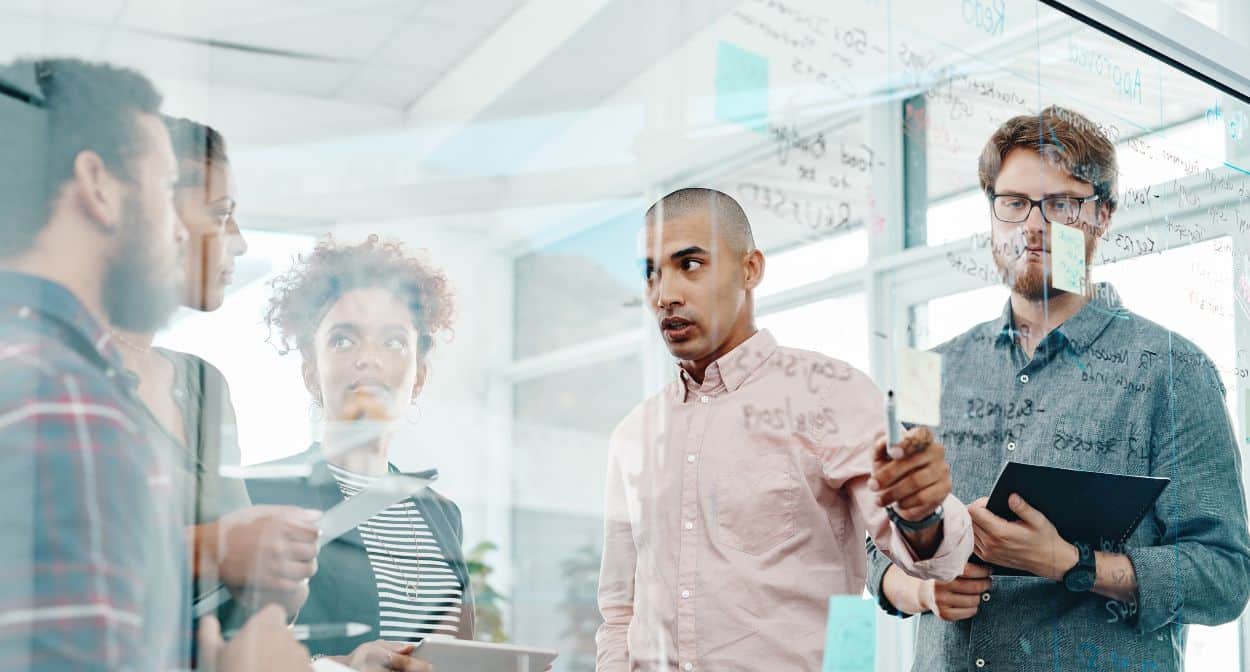
Is Your Staff Asking for Reviews at the Checkout Counter? Stop Now.
What was their crime? Something you might be doing right now: asking customers for a review at the point of sale.
I’ve been seeing this pop up more and more. Experts in the SEO world I follow, like Barry Schwarz and Mike Blumenthal, are reporting a huge spike in Google Business Profile suspensions. Google is cracking down, and while they’re targeting spammers, many legitimate business owners are getting caught in the crossfire because of this one simple mistake.
The Violation: Pressuring Customers at Checkout
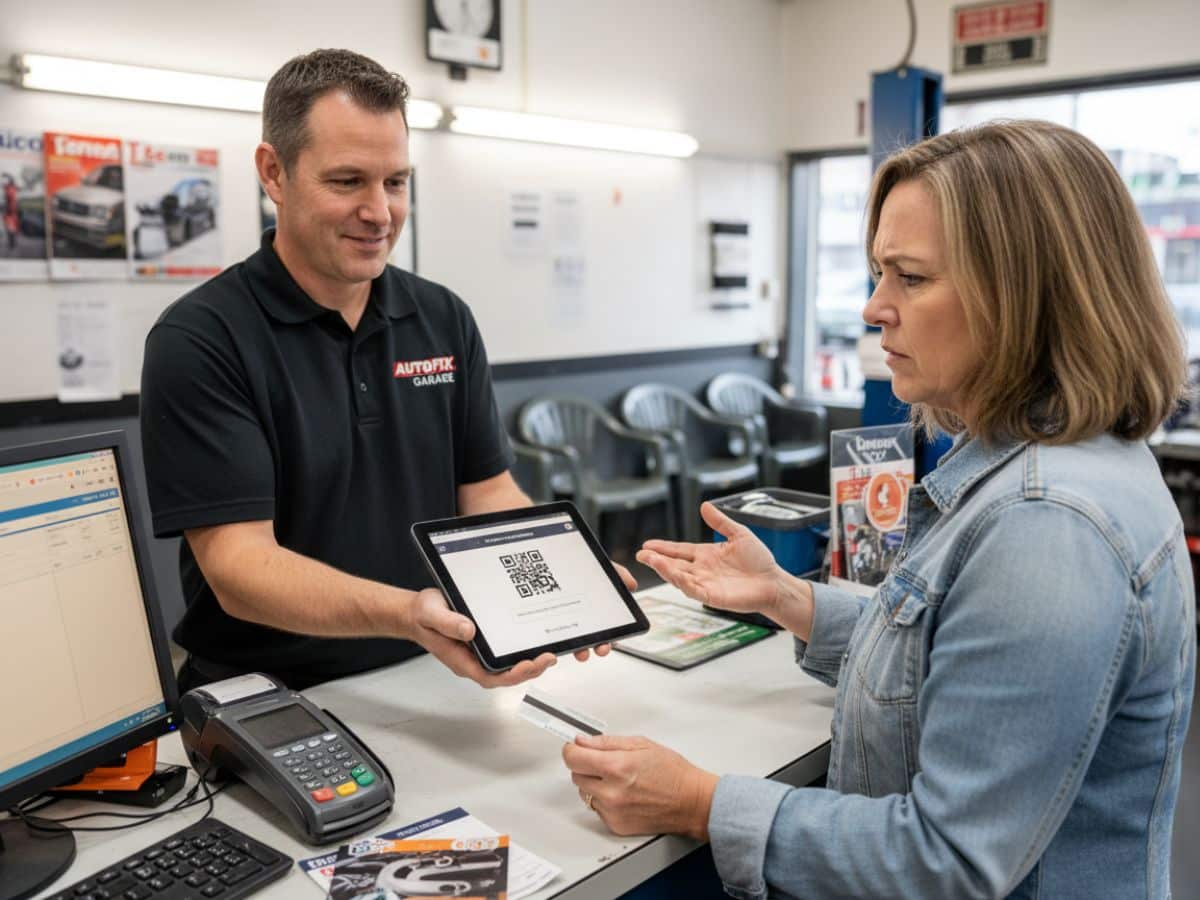
The case I mentioned earlier was brought to light by Google Business Profile expert Claudia Tomina. The business wasn’t just losing reviews; they also had a warning banner placed on their profile telling the world that “suspicious reviews were removed.” Talk about a blow to your brand integrity.
So, what exactly is triggering these suspensions?
- A Rush of Reviews: The business that lost 800 reviews was only two months old but had already racked up 1,500. A massive number of reviews in a short time looks suspicious to Google.
- Location, Location, Location: If dozens of reviews all come from the exact same physical location (i.e., your business address), it raises a red flag. This often happens when businesses use a QR code at the register. It’s the digital version of having multiple reviews come from the same IP address, which has always been a no-no.
- Competitors Reporting You: Google maintains a “report business conduct form” primarily used for reporting “fake review generation.” One of the specific concerns a user can report on this form is “pressuring people to leave reviews.” So yes, your competitors (or even disgruntled customers) can report this activity directly to Google.
How to Stay Safe and Still Get Reviews
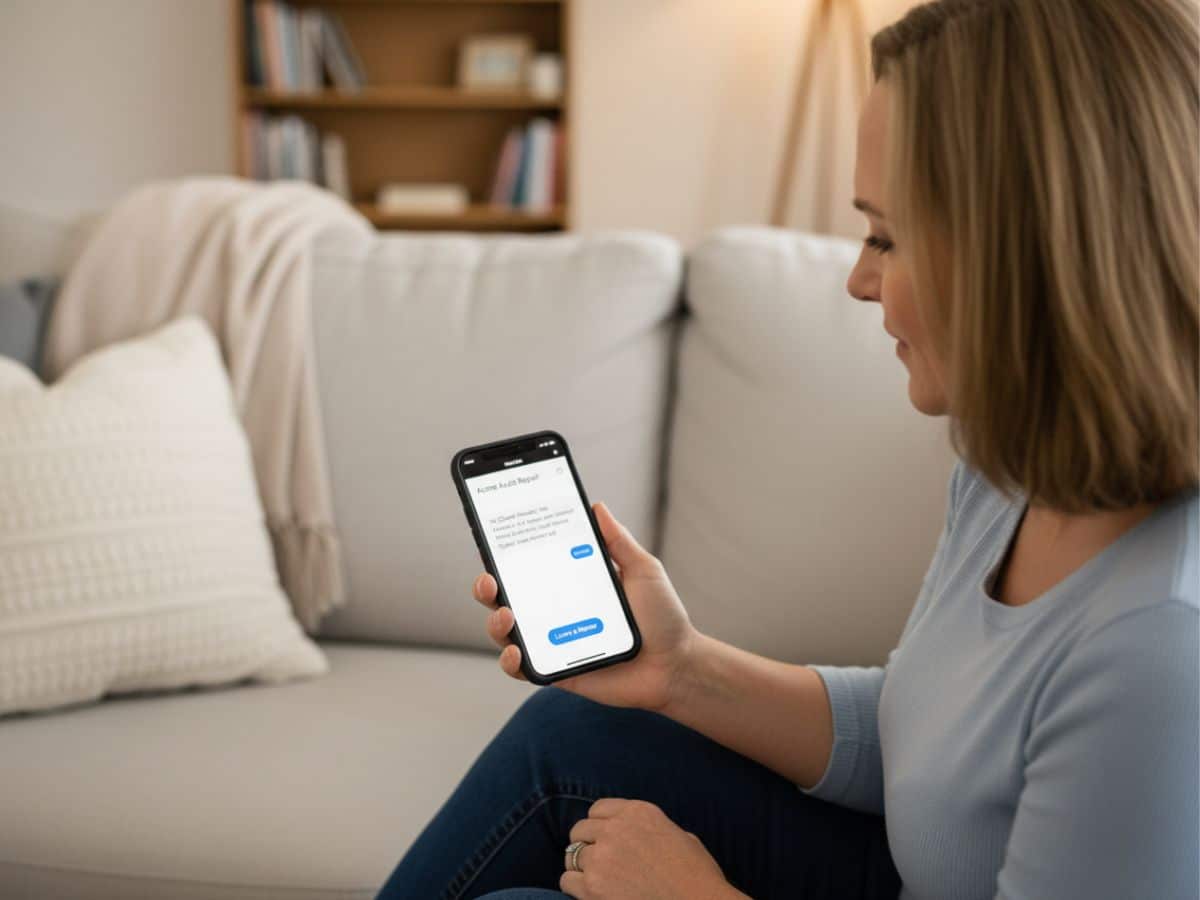
So, what’s the solution? It’s simple: follow up with your customers after the sale.
Local SEO specialist Larry James puts it best: this is the only truly ethical way to ask. It means you need a system to collect a customer’s email or phone number during the transaction. Then, a few hours or a day later, an automated message can go out asking for their honest feedback. This gives the customer space, removes any sense of pressure, and keeps you safely within Google’s guidelines.
The rules under the Fake Engagement Policy are straightforward:
- Don’t offer discounts or freebies for reviews.
- Don’t try to filter out negative reviews.
- Don’t pressure people at the checkout counter.
If your profile has already been suspended, don’t panic. A Google expert noted that many businesses get their profiles “brought back” after they learn the rules, fix the mistake, and appeal. Often, it was just an honest “boo boo.”
Use a Reputation Management System
We actually have a Reputation Management System that can email or text customers after the sale to leave a review, either automatically or manually. Please contact me for more information.
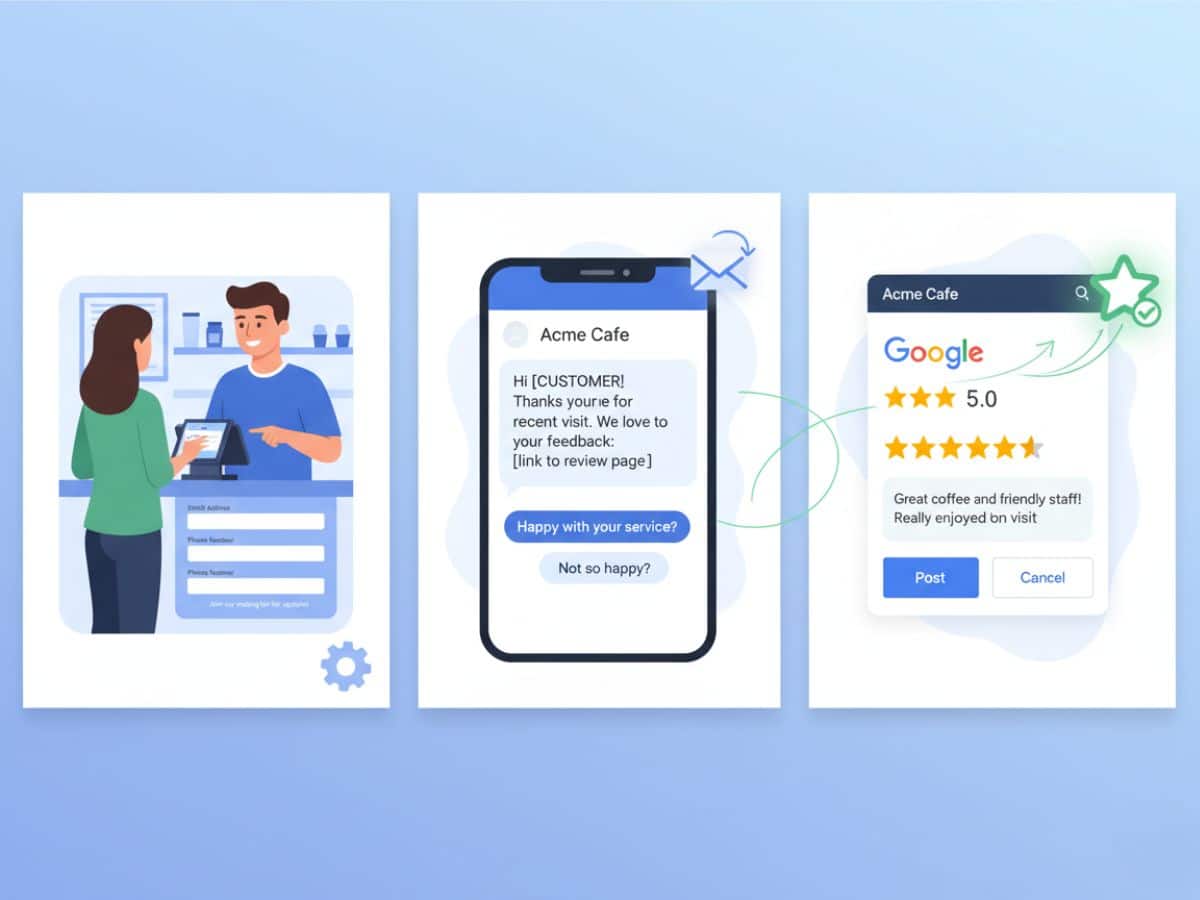
My advice? Take five minutes today and review your process. Talk to your staff. Make sure everyone on your team understands that asking for a review at the register is no longer an option. It’s a simple change that can protect your brand and ensure your hard-earned reputation stays intact.

